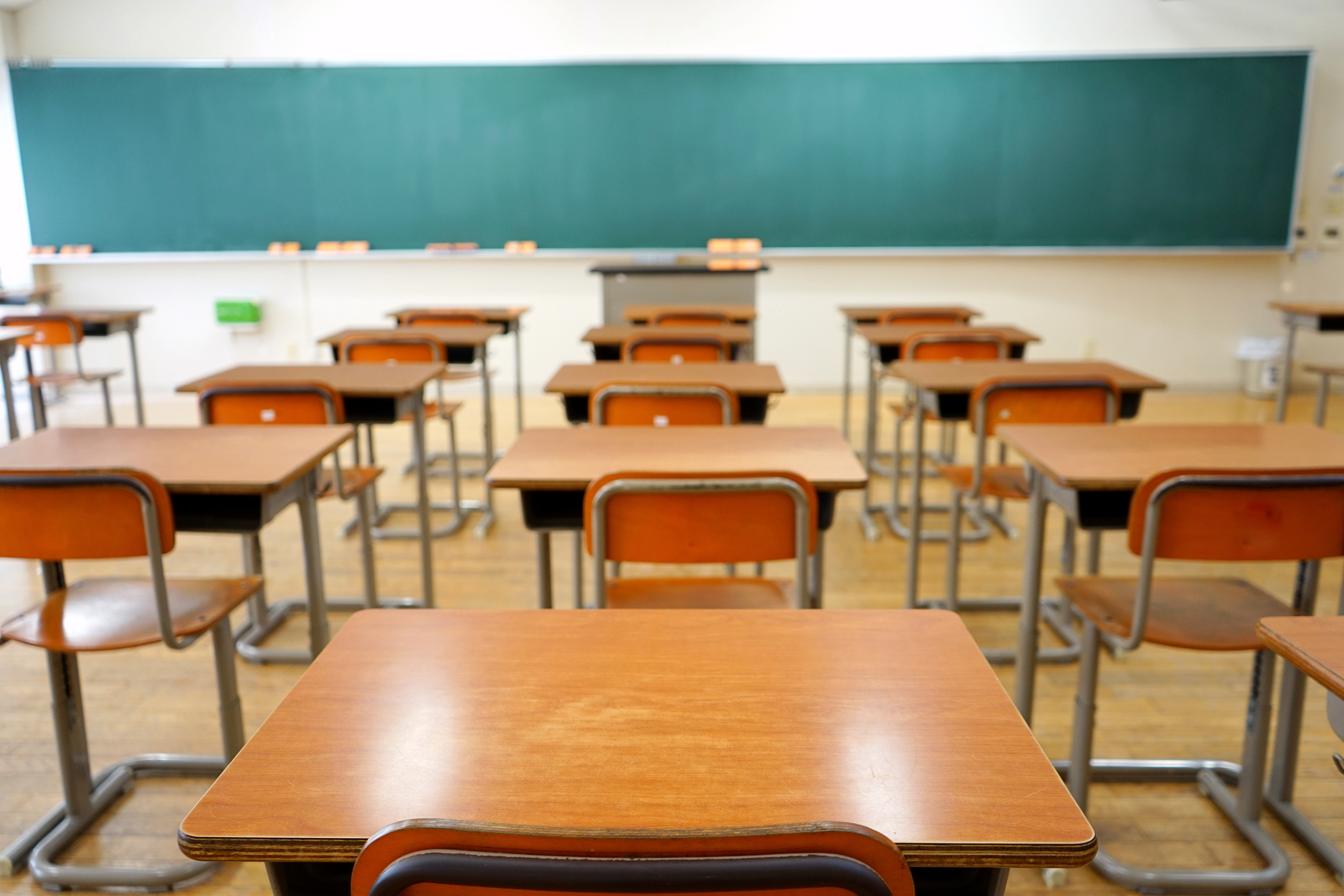The number of students suspended or expelled in California has fallen for the fifth straight year, according to state education officials who attribute the trend to more engaging instruction and more effective discipline strategies.
Data released Wednesday by the California Department of Education reveal that, from 2011-12 to 2016-17, suspensions in the state’s 10,000-plus public schools declined by 46 percent, meaning there were 327,857 fewer suspensions in 2016-17 than there were in 2011-12. Similarly, expulsions were down by 42 percent, dropping from about 9,800 to 5,700.
 In Orange County, suspensions fell by nearly 50 percent over the same span, dropping from 38,405 in 2011-12 to 19,363 last year. Local expulsions were down nearly 40 percent, from 372 to 225.
In Orange County, suspensions fell by nearly 50 percent over the same span, dropping from 38,405 in 2011-12 to 19,363 last year. Local expulsions were down nearly 40 percent, from 372 to 225.
“This new information demonstrates that efforts by educators all over the state to find better ways to engage students in learning and address behavior problems are paying off in the form of greatly reduced suspensions and expulsions,” State Superintendent Tom Torlakson said, “and that translates into more students in class. The bottom line is that students have to be in class to learn, to succeed, to develop their potential and to fulfill their dreams.”
In recent years, a growing number of districts have employed disciplinary alternatives that keep kids in school. These include restorative practices designed to help students understand the harm they’ve done to relationships while giving them an opportunity to make things right.
Meanwhile, the state also acknowledged the role of legislation that in 2015 placed limits on suspensions for “willful defiance,” a broad category once used to discipline students for nonviolent behaviors.
The figures released this week by the state Department of Education were characterized as the most detailed and comprehensive disciplinary statistics in the nation. And while those stats have been trending in a positive direction in recent years, the data continue to show disparities among student subgroups.
For example, the suspension rate for African American students decreased from 13.7 percent to 9.8 percent over five years, and the suspension rate for Hispanic or Latino students decreased from 6.1 percent to 3.7 percent. Yet both of the latter numbers are still higher than the suspension rate for white students, which fell from 4.7 percent to 3.2 percent.
“Disparities in suspension rates among student groups are disturbing and needed to be addressed,” Torlakson said. “We need to do more, and we need to do better.”
To track suspension and expulsion numbers at the county, district and school levels, visit the California Department of Education’s DataQuest website.
